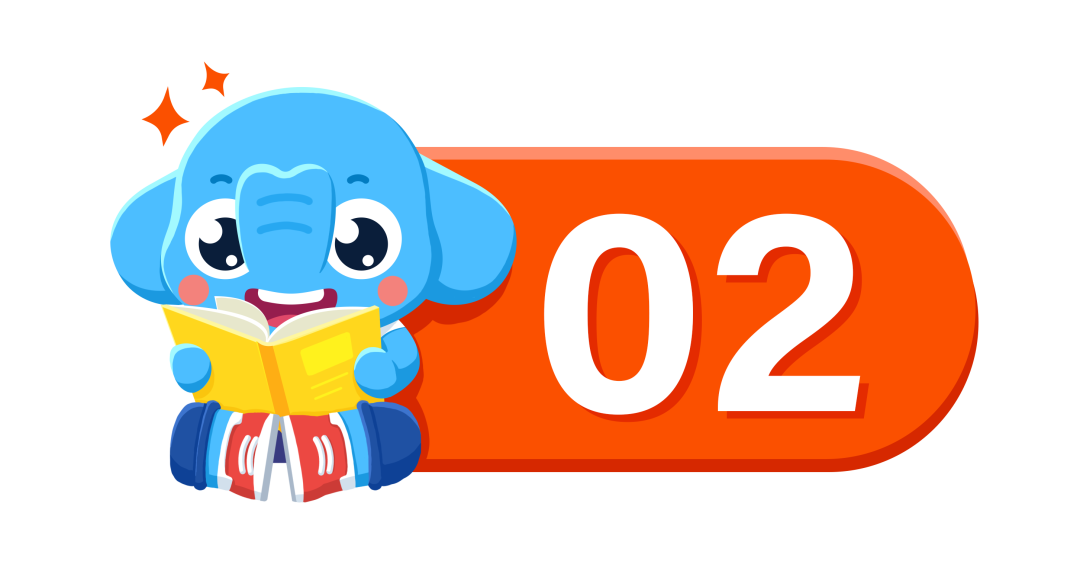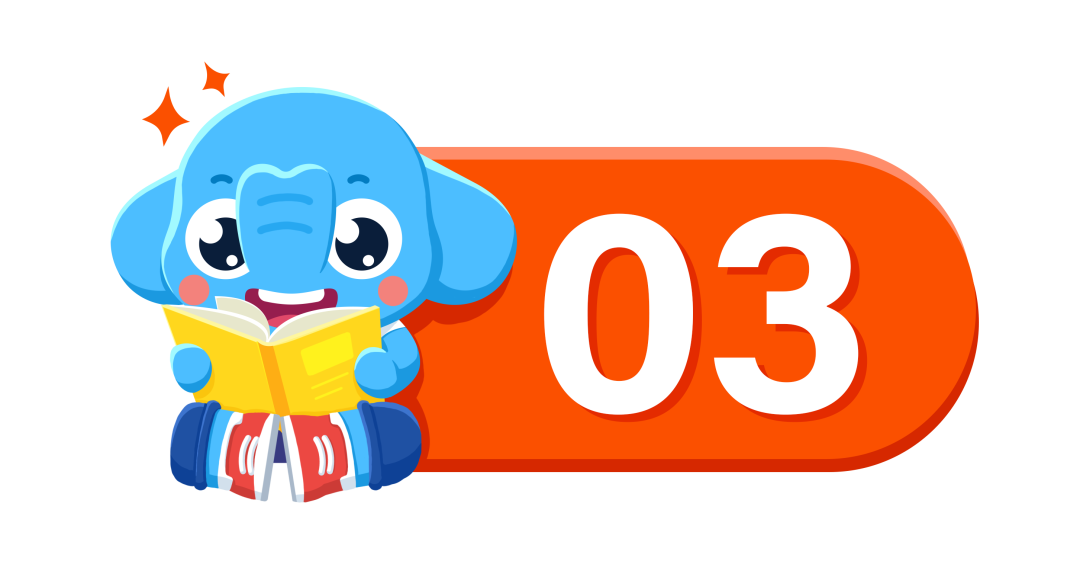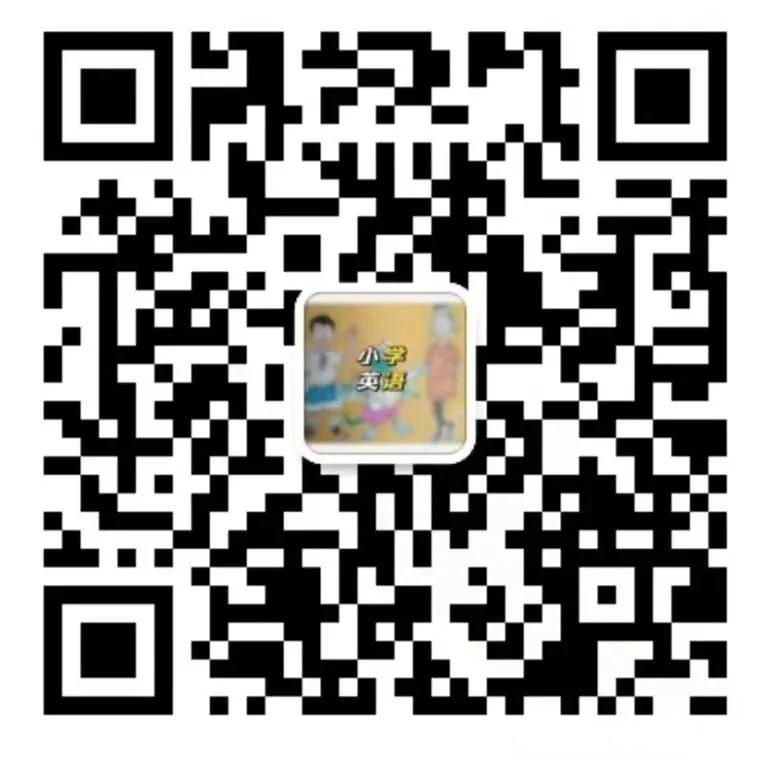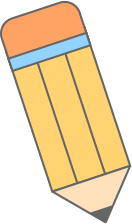
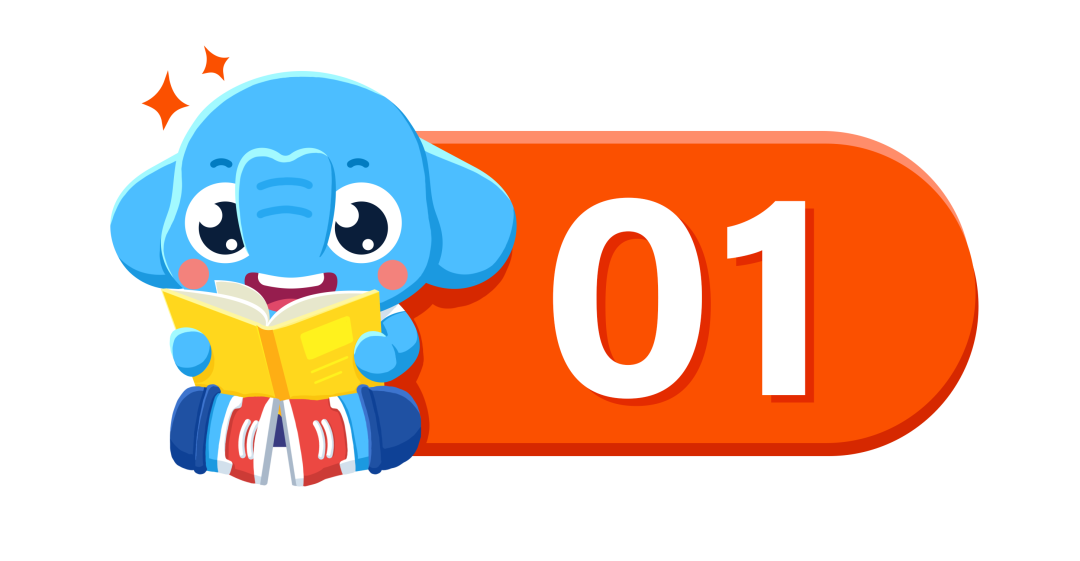
ABCDEFGHIJKLMNOPQRSTUVWXYZabcdefghijklmnopqrstuvwxyz后元音:[ɑ:] [ɒ] [ɔ:] [u :] [ʊ] [ʌ] 合口双元音(5个)[ai] [ei] [au] [əu] [ɔi]集中双元音(3个) [iə][εə][uə]
3.词汇:词汇量,近反义词一般情况,直接加-s,如:book-books, bag-bags, cat-cats, bed-beds以s. x. sh. ch结尾,加-es,如:bus-buses, box-boxes, brush-brushes, watch-watches以“辅音字母+y”结尾,变y为i, 再加-es,如:family-families, strawberry-strawberries以“f或fe”结尾,变f或fe为v, 再加-es,如:knife-knivesman-men, woman-women, policeman-policemen, policewoman-policewomen, mouse-micechild-children, foot-feet, tooth-teeth, fish-fish, people-people, Chinese-Chinese, Japanese-Japanese不可数名词的复数就是原型:paper, juice, water, milk, rice, teaa) 单数后加 ’s 如: Lucy’s ruler my father’s shirtb) 以s 结尾的复数名词后加 ’如: his friends’ bagsc) 不以s 结尾的复数后加 ’s children’s shoes并列名词中,如果把 ’s加在最后一个名词后,表示共有, 如:Tom and Mike’s car 汤姆和迈克共有的小汽车Tom’s and Mike’s cars 汤姆和麦克各自的小汽车(2)表示无生命东西的名词通常用“ of +名词”来表示所有关系:如:a picture of the classroom a map of China(1)不定冠词:a / an a unit / an unclean egg / an apple / an orange / an eraser / an answer / an ID card / an alarm clock / an actor / an actress / an e-mail / an address / an event / an example / an opera / an houran old man / an interesting book / an exciting sport / an action movie / an art lesson /特指某(些)人或某(些)物:The ruler is on the desk.复述上文提到的人或物:He has a sweater. The sweater is new.谈话双方都知道的人或物:The boys aren’t at school.在序数词前:John’s birthday is February the second.用于固定词组中:in the morning / afternoon / evening专有名词前:China is a big country.名词前有定语:this , that , my , your , some, any , no 等:复数名词表示一类人和事:Monkeys can’t swim. They are teachers.在节日,日期,月份,季节前:Today is Christmas Day. It’s Sunday.一日三餐前:We have breakfast at 6:30.球类 棋类运动前:They often play football after class. He plays chess at home.* 但乐器前要用定冠词:I play the guitar very well.学科名称前:My favorite subject is music.在称呼或头衔的名词前:This is Mr Li.固定词组中:at noon at night by bus复数they(他们/她们/它们)themtheir(他们的/她们的/它们的)a.形容词比较级在句子中的运用:两个事物或人的比较用比较级,比较级后面一般带有单词than。比较级前面可以用more, a little来修饰表示程度。than后的人称代词用主格(口语中可用宾格)。以一个元音字母和一个辅音字母结尾,应双写末尾的辅音字母,再加er ;good-better, beautiful-more beautifula.形容词与副词的区别(有be用形,有形用be;有动用副,有副用动)b.副词比较级的变化规则基本与形容词比较级相同(不规则变化:well-better, far-farther)one,two,three,four,five,six,seven,eight,nine,ten,eleven,twelve,thirteen,fourteen,fifteen, sixteen,seventeen,eighteen,nineteen,twenty(2)21-99 先说“几十”,再说“几”,中间加连字符。23→twenty-three,34→thirty-four,45→forty—five,56→fifty-six,67→sixty-seven,78→seventy-eight,89→eighty-nine,91→ninety-one(3)101—999先说“几百”,再加and,再加末两位数或末位数;586→five hundred and eighty-six,803→eight hundred and three(4)l,000以上,先从右往左数,每三位数加一个“,”,第一个“,”前为thousand.第二个“,”前为million,第三个“,”前为billion1,001→one thousand and one18,423→eighteen thousand,four hundred and twenty-three6,260,309→six million two hundred and sixty thousand three hundred and nine750,000,000,000→seven hundred and fifty billioneg.four→fourth,thirteen→thirteenthone→first,two→second,three→third,five→fifth,eight→eighth,nine→ninth,twelve—twelfthtwenty→twentieth, forty→fortieth, ninety→ninetieth(4)从二十一后的“几十几”直至“几百几十几”或“几千几百几十几”只将个位的基数词变为序数词。twenty-first,two hundred and forty-fifth5.介词:常用介词in, on, at, behind等at:表示时间概念的某一个点。(在某时刻、时间、阶段等)。at 1:00(dawn,midnight,noon)在一点钟(黎明、午夜、中午)at(on)the weekend在周末---特指(2)在圣诞节,应说at Christmas?而不说on Christmas?On reaching the city he called up his parents.表示"时段"、"时期",在多数情况下可以和during互换,前者强调对比,后者强调持续。in(during)1988(December,the 20th century)在一九八八年(十二月、二十世纪)1. be动词:主语+be(am, is, are)+其它。如:I am a boy. 我是一个男孩。2. 行为动词:主语+行为动词(+其它)。如:We study English. 我们学习英语。当主语为第三人称单数(he, she, it)时,要在动词后加"-s"或"-es"。如:Mary likes Chinese.玛丽喜欢汉语。1.一般情况下,直接加-s,如:cook-cooks, milk-milks2.以s. x. sh. ch. o结尾,加-es,如:guess-guesses, wash-washes, watch-watches, go-goes3.以“辅音字母+y”结尾,变y为i, 再加-es,如:study-studies① 一般直接在动词的后面加ed:如 worked , learned , cleaned , visited② 以e结尾的动词直接加d:如 lived , danced , used③ 以辅音字母加y结尾的动词要改y为i再加ed(此类动词较少)如 study – studied carry – carried worry – worried (注意play、stay不是辅音字母加y,所以不属于此类)④ 双写最后一个字母(此类动词较少)如 stoppedsing – sang , eat – ate ,see – saw , have – had , do – did , go – went , take – took , buy – bought , get – got , read – read ,fly – flew , am/is – was ,are – were , say – said , leave – left , swim – swam , tell – told , draw – drew , come – came , lose – lost , find – found , drink – drank , hurt – hurt , feel – felt②will+ do. be going to = willI am going to go swimming tomorrow(明天). = I will go swimming tomorrow.① 一般的直接在后面加上ing , 如doing , going , working , singing , eating② 以e 结尾的动词,要先去e再加ing ,如having , writing③ 双写最后一个字母的(此类动词极少)有:running , swimming , sitting , gettingI’m a student. She is a doctor. He works in a hospital.There are four fans in our classroom. He will eat lunch at 12:00. I watched TV yesterday evening.(2)、否定句:含有否定词或表示否定意义词的句子,如:I’m not a student. She is not (isn’t) a doctor.He does not (doesn’t) work in a hospital. There are not (aren’t) four fans in our classroom.He will not (won’t) eat lunch at 12:00. I did not (didn’t) watch TV yesterday evening.一般疑问句:是指询问事实的句子,此类句子必须用“yes”,或“no”来回答。特殊疑问句:以特殊疑问词(what , where , who , which , when , whose , why , how等)开头引导的句子。此类句子应该问什么就答什么,不能用“yes 、no”来回答。在there be 句型中,主语是单数,be 动词用is ; 主语是复数,be 动词用are ; 如有几件物品,be 动词根据最*近be 动词的那个名词决定。there be 句型的否定句在be 动词后加not , 一般疑问句把be 动词调到句首。there be句型与have(has) 的区别:there be 表示在某地有某物(或人);have(has) 表示某人拥有某物。some 和any 在there be 句型中的运用:some 用于肯定句, any 用于否定句或疑问句。and 和or 在there be句型中的运用:and 用于肯定句, or 用于否定句或疑问句。How many + 名词复数 + are there + 介词短语?How much + 不可数名词 + is there + 介词短语?
版权声明:本文内容由互联网用户自发贡献,该文观点仅代表作者本人。本站仅提供信息存储空间服务,不拥有所有权,不承担相关法律责任。如发现本站有涉嫌抄袭侵权/违法违规的内容, 请发送邮件至23467321@qq.com举报,一经查实,本站将立刻删除;如已特别标注为本站原创文章的,转载时请以链接形式注明文章出处,谢谢!


